STEAMBOAT (Day 4 - part 5)
Back on dry land, we headed to Canal Street for some lunch at Cafe Beignet.






A player piano entertained us.

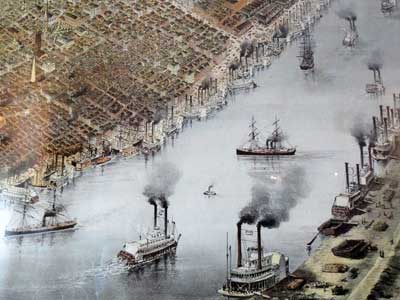

A veggie omelette served with grits and French bread. Sean has some jambalaya. I know you were expecting to see beignets but we'd already had them for breakfast and needed some real food.
We decided to ride a historic streetcar. The Canal Streetcar Line, which originally operated from 1861 to 1964, was rebuilt and reopened in 2004. We took this all the way out to the cemeteries at City Park Avenue. For $3, one could get an all-day pass.


The first streetcars in New Orleans were horse-drawn in 1831 because the engines had not yet arrived from England. The first working steam engine was put into service the following year. Most of the lines were replaced by buses during the late 1940s to the early 1960s. Rail transit began to become popular again in 1988.

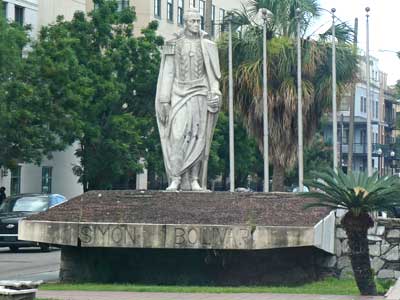
Simon Bolivar (1783 - 1830) is known as the Liberator of America for helping secure independence from the Spanish Empire for many South American countries.

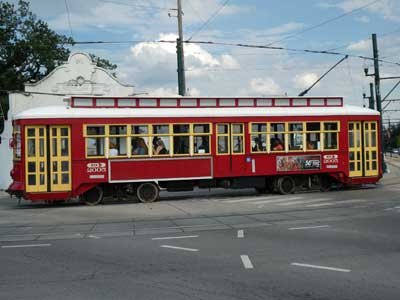
End of the line
The section of town near City Park area contained the St. Patrick Cemetery, Cypress Grove Cemetery, Masonic Temple Cemetery, Metairie Cemetery, Greenwood Cemetery, and a couple others. Unfortunately they all seemed to close at 4 pm, right about the time we arrived. Even though the gates were still open on some of them, we didn't want to risk venturing in to far. Eventually we walked along the iron fence surrounding the Greenwood Cemetery.




The Greenwood Cemetery was established in 1852 by the Firemen’s Charitable and Benevolent Association, The lots are small (6 feet by 9 feet) and it is one of the city’s largest cemeteries in volume with some 20,500 lots and an average of 1,000 interments per year. The entrance has several large memorials, but most of the tombs are arranged to provide for maximum occupancy.




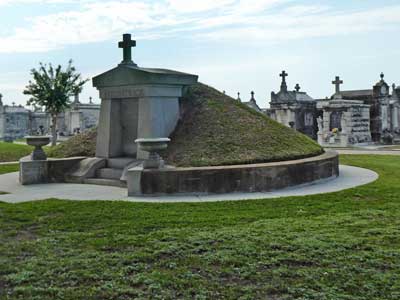


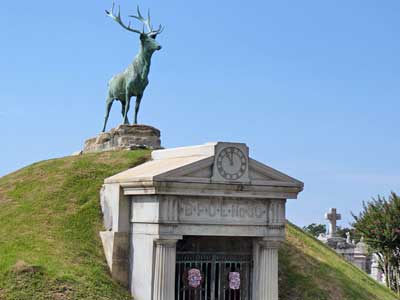
Elk’s tomb or the tomb of Lodge No. 30 of the Benevolent Protective Order of Elks was erected in 1912. The bronze elk is the symbol of the fraternity.




Packed in efficiently!







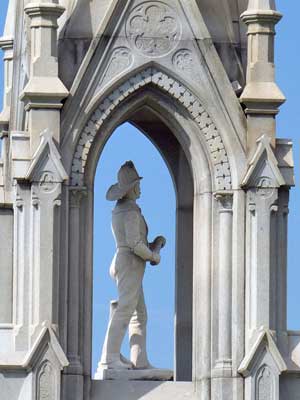
The Firemen’s Monument is made of Italian granite. The honors the volunteer firemen who had lost their lives over the previous half-century.
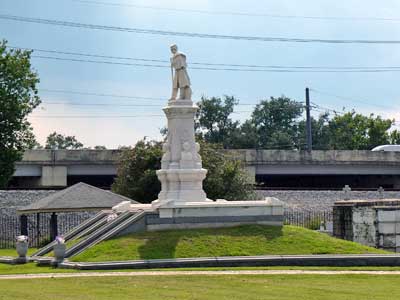
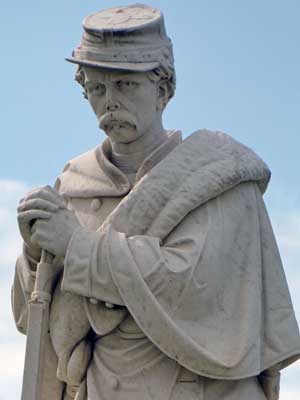
The Confederate Monument of 1874 marks the graves of 600 Confederate Soldiers.

We took the streetcar all the way back to the river.


Ornate homes


Warren Easton Charter High School was a boys' school funded in 1843 and relocated to this site in 1913. It became co-ed in 1952.


Unfortunately homeless encampments seem to be nationwide.
return • continue

